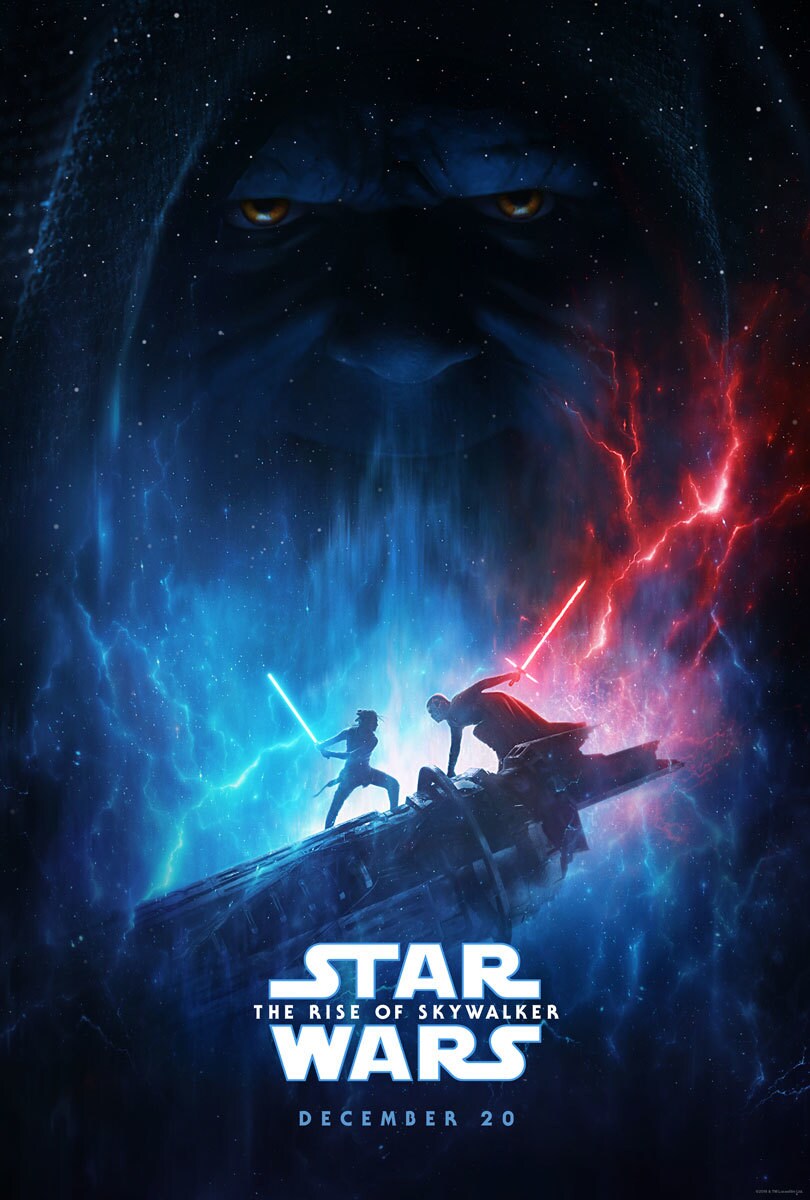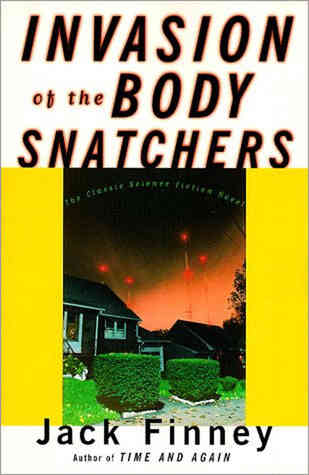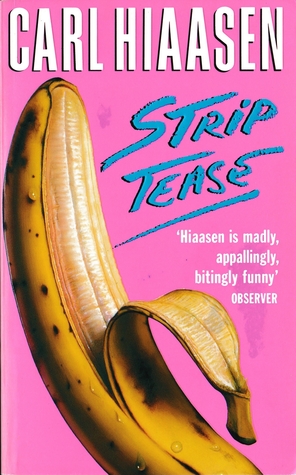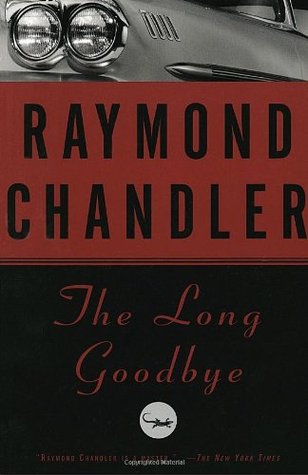I have been a Godzilla fan since I was a little kid. Allow me to explain something to you young'uns about the antediluvian days of television: we didn't have Netflix. When I was a wee Godzilla fan, we didn't even have cable. And we didn't have the Internet. Godzilla movies, which, recall, came from Japan, rarely hit American movie theaters, especially older ones.
So if I wanted to see a Godzilla movie? Every week I would peruse the pages of
TV Guide and check the Saturday morning listings. That was when one of the local stations, if I was lucky, would run a Godzilla movie.

How a young Inverarity found Godzilla movies
One of my fondest childhood memories was when the local dollar theater ran an evening matinee for
Godzilla vs. the Smog Monster. That trippy discotheque scene was... confusing.
I have not seen every Godzilla movie, but I've seen a lot of them.
As everyone knows, the original
Godzilla, produced in 1954, was a monstrous metaphor for Japan's fear of atomic weapons. Godzilla is unleashed from the depths of the ocean by U.S. nuclear testing, and proceeds to stomp all over Tokyo, unleashing radioactive fiery breath before being driven back into the sea.

Over time, Godzilla movies became increasingly silly and childish. We got nonsense like
Son of Godzilla and Godzilla doing a neener-neener victory dance in
Godzilla vs. Monster Zero.
The trend swung back towards more serious movies in the 90s, both in Japan and with 1998's
Godzilla, the first Hollywood treatment of Big G.
 Godzilla (1998)
Godzilla (1998) is rightfully pilloried for being a flavorless installment with a weird-looking Godzilla model (never used again) stomping on New York City instead of Tokyo, but the newer American Godzilla movies have been better, showing some actual respect for the Godzilla universe. However, the Hollywood treatment still makes Godzilla a "good guy." Sure, he might stomp on Denver and San Francisco and a few other cities — collateral damage is to be expected with kaiju — but he's basically defending mankind against "evil" kaiju, and even the humans trying to survive Godzilla sort of see him as a friend.
The most recent Godzilla movie, straight from Japan but a hit in the US, takes us back to the OG Godzilla. And it's a banger.

In many respects,
Godzilla Minus One is a straight remake of the original. Godzilla is essentially created by American nuclear tests, he spends much of the movie wrecking Tokyo, and is eventually "defeated" with some scientific gimcrackery. There are no other kaiju, there is no sense ever that Godzilla is "friendly" or a misunderstood monster who just wants to go home — he's an elemental force of destruction and humans can only get out of his way or fight him (the latter usually going as well as you'd expect).

And as in the original, Godzilla is also a metaphor.
Godzilla Minus One, unlike the 1954 version, starts in 1945, at the very end of World War II. Rather than devastating a rebuilt Japan, Godzilla devastates a post-war Japan that is still in the process of rebuilding.
Much of the movie is devoted to the human characters. Koichi Shikishima is a failed kamikaze pilot. On his final mission, he turned back, pretending that his plane was suffering from mechanical failure. This was actually something that apparently happened with some frequency, and the shame that Shikishima feels, and the scorn that some of his fellow Japanese show upon learning that he's a kamikaze pilot who survived, is cast against the utter destruction and suffering the war has wreaked on Japan, and the futility of so many people throwing their lives away in those final days.
In the wreckage of his former home, learning his parents died in the air raids, Shikishima rescues a young woman who's running with a baby that she herself rescued after the baby's mother died.
With Noriko and Akiko, Shikishima has a chance at love and a new family. But he rejects it, because he's still fighting the war in his own mind. And this is where Shikishima and Godzilla both represent different aspects of post-war Japan: Shikishima is the survivor who could rebuild and become happy again, if he can overcome the pain of his past, while Godzilla is, well, the destructive forces that have crushed Japan and are threatening to crush it all over again. It is reinforced over and over that the Japanese government lies, withholds misinformation, and has never acted for the good of the Japanese people, a theme that was certainly on everyone's mind immediately after the war (and which many Japanese might say remains a contemporaneous theme). Not that the American forces are any more reliable. When Godzilla shows up, the Japanese are basically left on their own: General MacArthur says "Sorry, we're too busy dealing with the Soviets." The fight against Godzilla devolves to a bunch of private citizens (who are mostly former Imperial Japanese military personnel) trying to save Japan in a sort of "do-over."

If anything struck me as implausible (I know, I know, it's a Godzilla movie, but), it was the complete absence of the U.S. In reality, American GIs were all over Japan at this time, but we don't see a single white actor in the movie. The real-world reason for this is obvious (American actors would be more expensive and wouldn't really have added anything to the story), but it's kind of strange watching former IJN destroyer captains mysteriously "requisition" four destroyers that were slated to be dismantled, and a bunch of civilians getting hold of an experimental jet fighter, complete with bombs and machine guns, at a time when Japan was completely disarmed and under very strict control by US occupation forces.
Godzilla Minus One is amazingly well done for such a small budget. The humans all have stories that make you care about them, and while there's a bit of over-acting, it can't be easy rendering a lowkey, nuanced portrayal of a former Japanese kamikaze pilot suffering PTSD while Godzilla is wrecking Tokyo.
That said, if you don't care about human drama and just want to watch a Godzilla movie to see Godzilla stomp and show off his atomic breath, there is plenty of stompage and radiation.
























